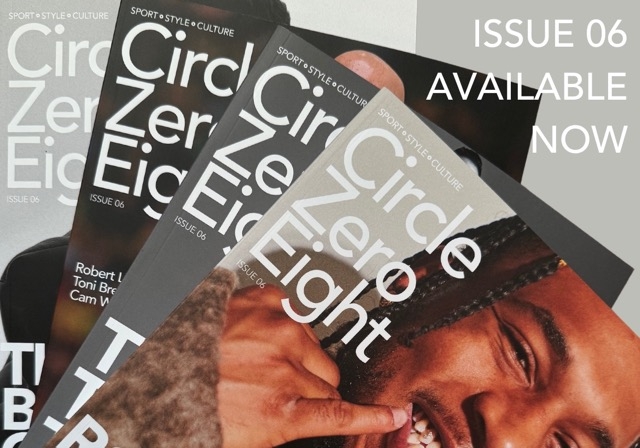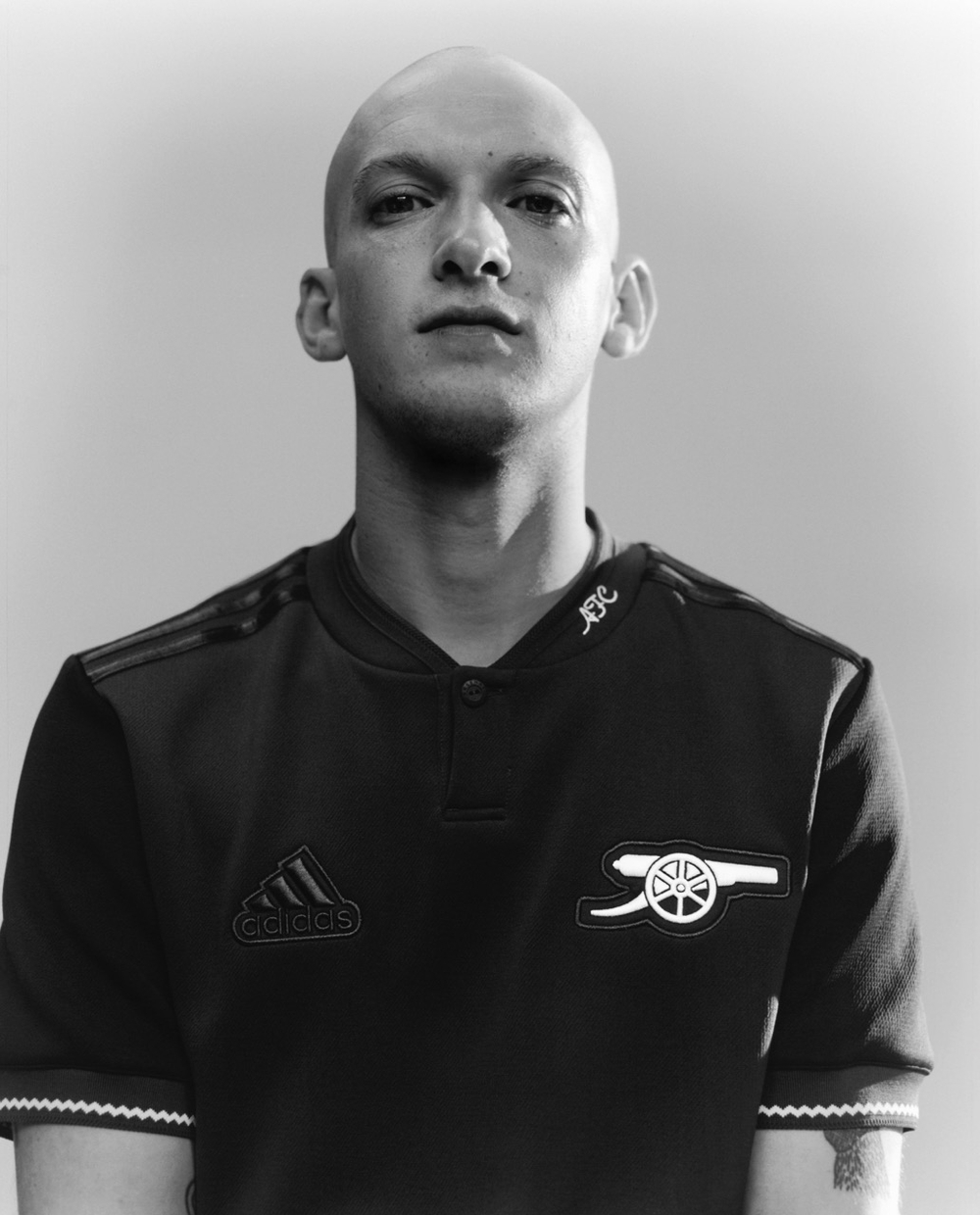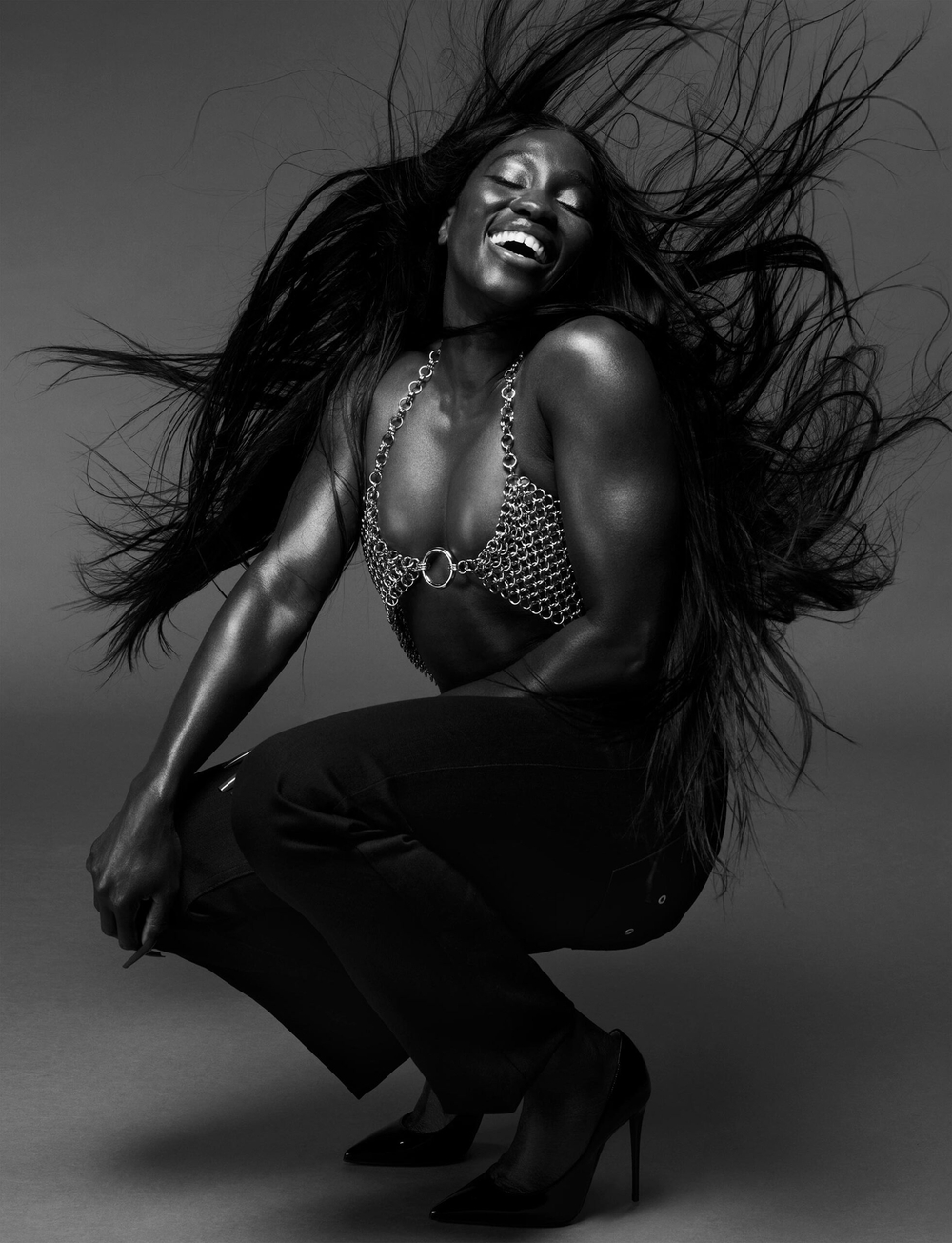A Love Letter to Hobbyhorsing
Writing about why hobbyhorsing is a brilliantly entertaining sport is a bit like persuading people that puppies are actually quite adorable. I mean, have you seen the videos? You can’t tell me someone basically doing Morris dancing with a stick horse between their legs and jumping over fences straddling said toy isn’t the best thing ever. How this isn’t an Olympic sport already is a total mystery – and please can the committee bring back ski ballet while they’re at it.
Over the last decade the delightfully peculiar art of hobbyhorsing has grown from a niche Finnish pastime to a full-blown (if rather unconventional) craze and bona fide sport. With a huge following consisting primarily of preteens, adolescent girls, and young women, what was once a mere child’s toy now has its own governing body, the Finnish Hobbyhorse Association, and sister branches across Europe. The pièce de résistance is the annual championships in Finland, held each June – the world’s biggest hobbyhorse event, organised by the country’s actual equestrian federation, and the reason your Instagram has been full of videos of girls playing pony club.
Here, competitors battle it out to be the best at mimicking both riding and being a horse.For the dressage fans there are Grand Prix dressage tests choreographed to a piece of music of their choosing, where they perform fancy footwork depicting passage and piaffe (equestrian for slow motion trot and trotting on the spot), and canter pirouettes, or they race to be the best at show jumping. There’s also a separate class where a single fence is raised until only one ‘horse’ can clear it, which the current very athletic world record holder managed at 141 cm.
Technically, it’s not that strange a sport, though (bear with me here) – but rather the natural evolution of every pony-mad child’s favourite thing to do next to spending time with horses, talking about horses, drawing horses, reading about horses, and watching films about horses: pretending to ride an imaginary horse. It’s the flawless French & Saunders Ponies sketch, where they prance around the field with their hands out in front holding invisible reins, doing their best running impression of a canter and jumping over the obstacles they couldn’t get their real ponies to jump, complete with
pantomime refusals, commentating, and elated cheering when they cross the finish line.
And that is precisely the beauty of hobbyhorsing: it transfers all of this childhood magic into a fun sporting environment, while tapping into childhood’s most precious gift – imagination. There is something so pure and wonderful about older teenage girls being uninhibited enough to enter a competition where someone gives them marks for how well they can imitate a horse. Especially when hobbyhorsing can attract ridicule at school – as seen in director Selma Vilhunen’s critically acclaimed 2017 documentary Hobbyhorse Revolution.
But as the film also cements, one of the reasons hobbyhorsing has exploded is that it offers an uplifting environment where everyone is welcome and accepted. As much of a movement and subculture of sorts as it is a sport, it is the complete antithesis to trying to fit in; but at the same time it’s about community, friendship, and sharing a space that allows girls to prolong the time they get to live in a world of make-believe, unbound by
whether their peers think they’re cool, while validating the power of play and acknowledging the amount of exercise and coordination skill involved in it. They arrange training days and camps together, and YouTube is full of videos from older girls sharing their training tips with the hopeful newcomers.
For many practitioners, it also complements their real life riding, acting as a great way to practice their dressage tests over and over before a competition without tiring their pony, or planning their daily schooling sessions. For those who don’t have unlimited access to the real thing, the attraction is obvious. They get to play out every element of the daily routine of having a horse – many build stables for their hobbyhorses, feed them and put rugs on them in winter – without the astronomical price tag that comes with a four-legged horse. And the elaborate stick horses plushies, which are the latest breed in a long line that dates back to medieval times, are a whole universe unto themselves, either bought readymade, bespoke, or crafted from DIY kits.
Which brings us to another hobbyhorsing positive: the financial side. Unlike the astronomically expensive real deal – which can easily exceed £1000 a month in upkeep and is costly even at riding school entry level – your hobbyhorse never gets stung on his willy by a wasp resulting in him walking like John Wayne and landing you with a surprise £350 vet and antibiotics bill. (I wish this was something I’d made up for illustrative purposes.) You can just dream up your own unicorn and design his colic-free personality, taking him for hacks without worrying he’s going to spook at his own shadow or run home because he saw a cow that looked at him funny.
Yes, hobbyhorsing is fairly bonkers, but that is the absolute wonder of it. It’s pure creative joy and life-affirming freedom, and you can practise it without feeling like you need to perform to a standard because it’s all on your own terms. Unlike other sports that involve coaching and the inevitable pressure to improve, hobbyhorsing is what you make it. It offers an escape into a fantasy universe where a set of garden chairs and assortment of your parents’ brooms and rakes can be turned into the show jumping nationals, and a woodland path becomes your gallop track. And considering the current state of the planet, who wouldn’t like to live in an imaginary world of their own making?






